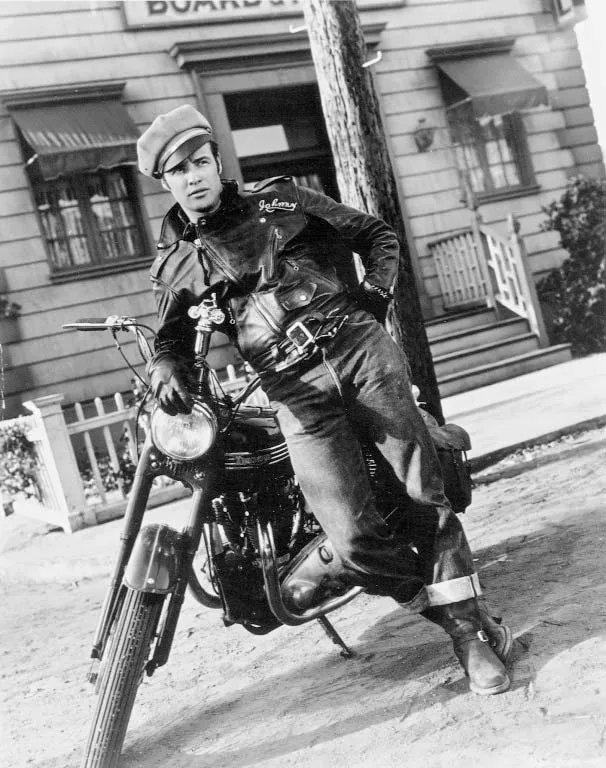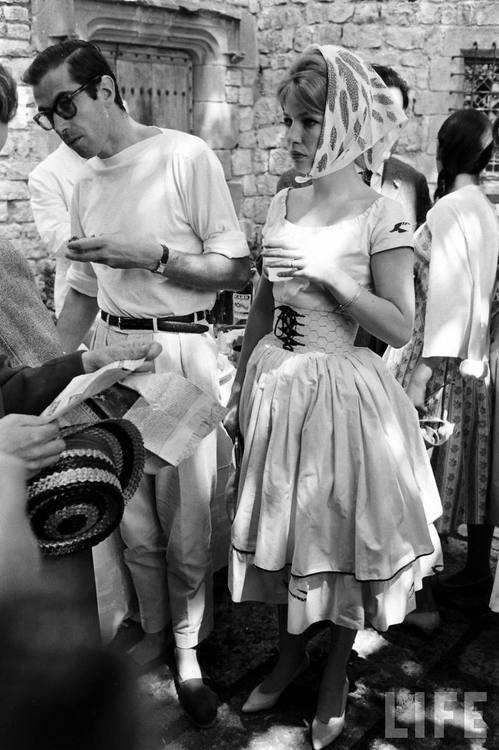Something I find interesting here is how many Twitter trads frame business casual as "traditional dress." I suspect many of them are between the ages of 20 and 50, and grew up during a time when most men stopped wearing a coat-and-tie with any regularity. To them, this is trad 🧵 

But to an older generation, business casual is already a fall from grace. Much has already been written about the rise of business causal: the suit's slow slide into irrelevance as a result of the post-war culture wars, the '90s Casual Friday movement, and the rise of New Economy
In the early 1990s, Rick Miller and his PR team at Levis—parent company to Dockers—sent out a brochure to some 25k human resources departments. They marketed the idea of business casual as a way to give employees more freedom and comfort (and, in turn, more productivity). 

And how should those employees dress? Why, in the types of clothes that Levis and Dockers sold, of course. That meant things such as chinos, jeans, button-up shirts, and polos. The key: no coat, so casual. 

It would be wrong to frame business casual as having come about just because of this pamphlet. The suit was already coded as being too Establishment during the immediate post-war years, hence the rise of alternative aesthetics, such as the Rebel and Hippie Look of the 60s/ 70s




Many business sectors also started moving away from the suit. In the 1960s, Hawaiian men wore Aloha shirts for Aloha Friday. In the 90s, Hewlett-Packard had "Blue Sky Days,” hoping that casual dress would encourage employees to think more creatively to solve business problems.
The 90s Casual Friday movement was perhaps the watershed moment. By the early aughts, the rise of digital tech and Silicon Valley framed hoodies and jeans as the new meritocracy, not like the dusty, old way of thinking in traditional Suit Sectors (e.g., East Coast finance).




For people of an older generation, dressing like this to work would have been unthinkable. People wore a coat AND tie. Now, we rarely see either. 

And if you go two generations back, you'll find another group who thought traditional meant something else. At the turn of the 20th century, British men in high positions—such as medicine, finance, and law—wore the frock coat. Working-class clerks and admins wore the suit.




When Keir Hardie—a Scottish trade unionist and founding member of the Labour Party—first took his seat as a member of Parliament, he caused a stir because he showed up to work in a plain tweed suit and a deerstalking cap.
A "proper" MP uniform at this time included a black frock coat, black silk top hat, and starched wing collar. But Hardie wore his tweed suit to signal his allegiance to the working class. The press was scandalized, writing, "cloth cap in Parliament!"




Anyway, all this is to say that our notions of what's "traditional" change, and it often does little than approximate the habits of the upper and middle classes. It's surprising to me that something like this can now be considered traditional bc it's just business casual 

If you think this sort of aesthetic is a reflection on morality—and not just middle-classness—then know that people in previous generations would have thought you were a degenerate for wearing thing sort of thing. 

• • •
Missing some Tweet in this thread? You can try to
force a refresh
































